Michal:
For years, I have marched in the Jerusalem March for Pride and Tolerance.
When my children were young, I took them with me and explained why it was important to participate.
Some teachers at my sons’ religious high school used to say, “We accept that everyone should live their life—but why march in the streets?”
My basic answer is this: when people feel they have to hide a central part of who they are out of shame or fear of rejection, then such a march becomes a vital source of strength, safety, and recognition.
As a person of faith, I am deeply committed to the teaching from Pirkei Avot (Ethics of the Fathers) 3:14:
“Beloved is the human being, for they were created in the image [of God]” (חביב אדם שנברא בצלם).
It does not say “beloved is the man” or “beloved is the woman”—but rather adam, a human being. Every person is created in the divine image.
That is why I march: to affirm the dignity of all people and to ensure that everyone can feel the divine spark within them.
In 2015, Shira Banki, a 16-year-old girl, was murdered while marching in the parade in Jerusalem.
Her death shook me—and shook Israeli society.
The fact that this murder happened in Jerusalem made me realize even more deeply that this city must not only be known for extremism and conflict. It must also become a place of acceptance, inclusion, and tolerance.
In her memory, I founded at HUC Jerusalem, a teacher’s professional development program for tolerance called Teachers’ Lounge, which brings together Jewish and Arab educators.
It is named after Shira Banki, and it is grounded in the belief that the way forward is through building relationships of respect and acceptance for every person, just as they are.”
Nathan:
Did you know there are almost 150 mentions of people we would now understand as intersex in the Mishnah and Talmud?
The opening line of Mishnah Bikurim 4 begins:אַנְדְּרוֹגִינוֹס יֵשׁ בּוֹ דְּרָכִים שָׁוֶה לַאֲנָשִׁים, וְיֵשׁ בּוֹ דְּרָכִים שָׁוֶה לַנָּשִׁים, וְיֵשׁ בּוֹ דְּרָכִים שָׁוֶה לַאֲנָשִׁים וְנָשִׁים, וְיֵשׁ בּוֹ דְּרָכִים אֵינוֹ שָׁוֶה לֹא לַאֲנָשִׁים וְלֹא לַנָּשִׁים . “An androgynos (intersex) person has ways in which they are like men, ways in which they are like women, ways in which they are like both, and ways in which they are like neither.” The Mishnah goes on to outline the halachic implications of this identity – even affirming that such a person is obligated to perform all mitzvot like any other man!
Although I grew up in a traditionally religious household and studied in religious school settings, I was lucky – I never felt different. I was always accepted as “Nathan” by my family and friends. I was always encouraged to develop a love for Judaism and was supported in following my dreams.
For me, coming out as gay in my freshman year of college was more of an ultimate self-realization than a disruptive, dramatic confession. My grandmother had apparently seen it coming – just before passing away she made my aunt promise that I would always have a place in this family.
Unfortunately not all are as lucky as me.
That’s why I dedicate much of my life to challenging the status quo and educating those around me around LGBTQ+ inclusion in Jewish spaces. Especially in Orthodox spaces.
The identities that many still struggle to accept today are not new to Jewish tradition. As this Mishnah shows, they were recognized, debated, and even granted halachic significance centuries ago. (Whether or not halacha actually embraces and welcomes people of these identities is a different discussion).
Rabbi Yirmiya ben Elazar even said in Bereshit Rabba 8 that the first man, Adam, was created androgynos.
At the end of this month, my husband and I will celebrate one year since our wedding. We got married – of all places – here in Israel, in a ceremony that was both halachically-acceptable and halachically-binding.
We first danced the hora, were raised in chairs, and had some shtick. Then we popped off to Ofra (IYKYK).
There are so many like me today who are proving that it is possible to be embrace both identities. Our very existence is proof that one does not have to contradict the other. They coexist in harmony.
We are proudly Jewish AND proudly queer – gay, lesbian, bisexual, transgender and everything in between.”
Morgane:
I often think about a quote by Simon Rawidowicz, a Polish-born, German-educated Jewish philosopher: “Do not try to hide the ‘Different’ inside you. Carry it with open pride—to yourself and to the world.”
As a Jew born and raised in the Diaspora, I learned early on that I was part of a minority. My family’s history was different from that of my friends. We happily joined in celebrating their holidays, but we had our own traditions, too. At my public school, both friends and teachers would be surprised when I missed class on Yom Kippur. “Oh right, you’re Jewish,” they’d say—reminding me that I wasn’t quite like them.
And I loved it. But more than that—I was proud of it. Being Jewish was a blessing. Being different felt like a gift—a source of freedom that allowed me to be unapologetically myself.
So when I later realized that both my gender and my love were setting me apart once again, I embraced that difference with the same fierce pride my Jewish identity had taught me.”
As we celebrate Pride Month, I want to remind everyone: there is nothing more Jewish than embracing and celebrating what makes each of us unique.
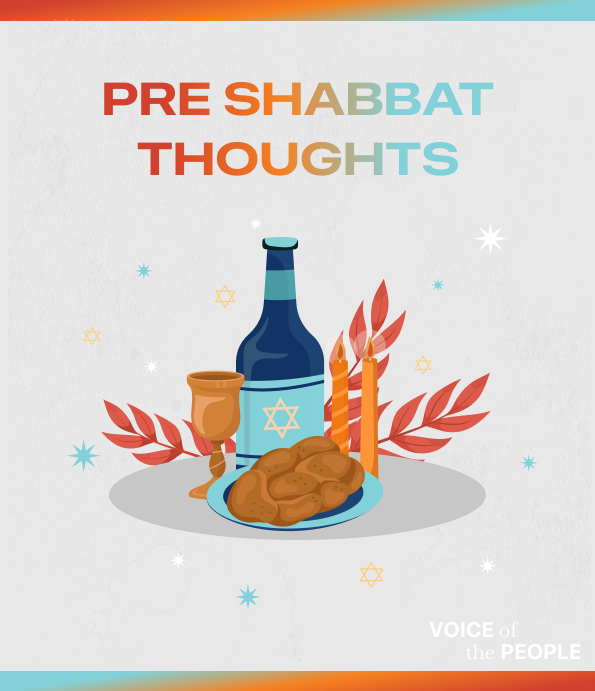
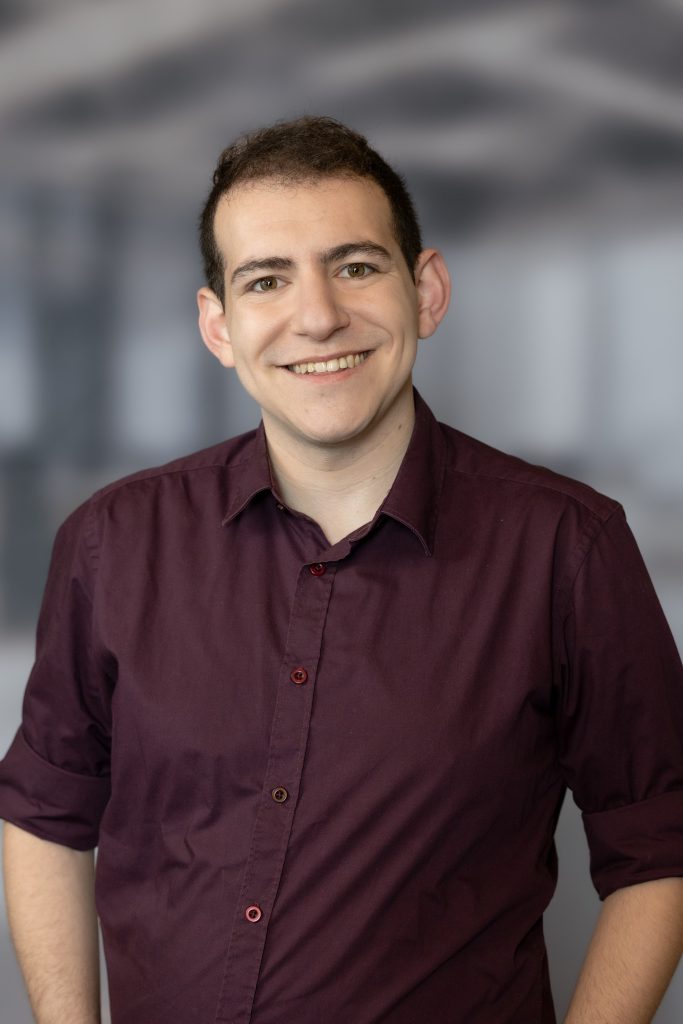
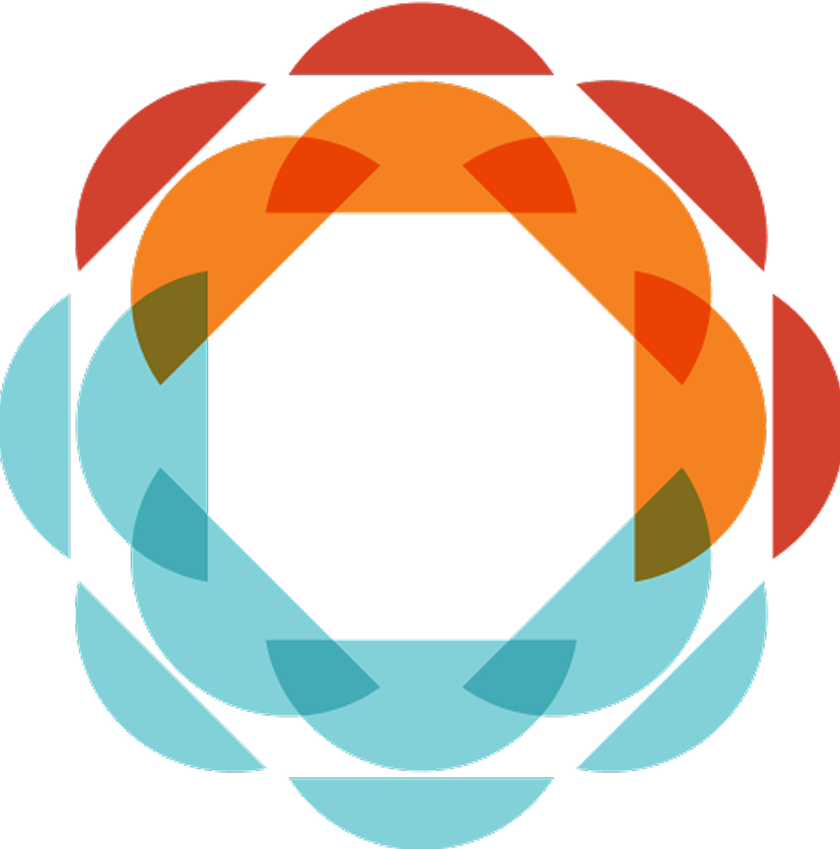

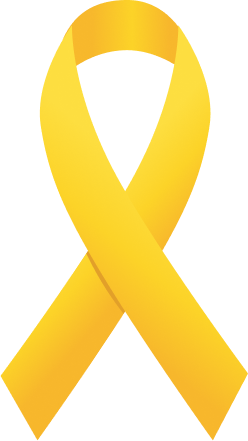
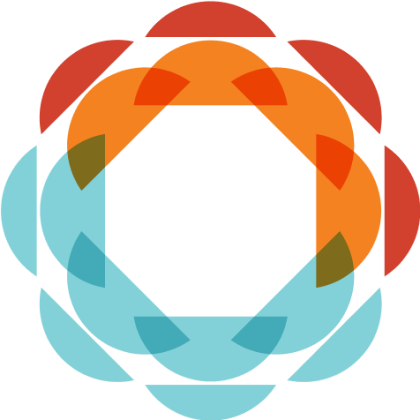

By clicking “Accept All Cookies”, you agree to the storing of cookies on your device to enhance site navigation, analyze site usage, and assist in our marketing efforts.